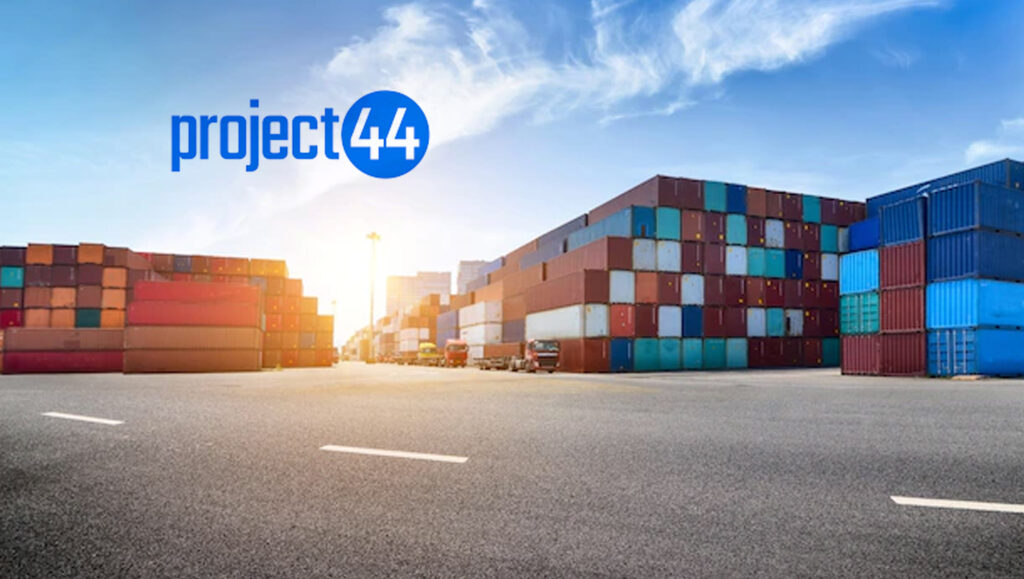Shippers and LSPs can measure and reduce Scope 3 freight transportation emissions with project44
project44, the leading supply chain visibility platform, is on a mission to make supply chains more sustainable. At the current pace, transportation freight emissions will more than double by 2050 from 2.9B tons of CO2 in 2015 to 6.2B tons in 2050. Decreasing harmful CO2 emissions is not only important for a healthier planet, it is vital to customer satisfaction, regulatory compliance, and corporate financial health.
Up to 60% of a company’s emissions are Scope 3 supply chain emissions, originating from assets companies themselves do not directly control. As the industry leader in supply chain visibility, with exclusive GLEC-accredited emissions calculation via partnerships, project44 is uniquely positioned to help shippers and LSPs tackle Scope 3 emissions to create more sustainable supply chains.
project44’s robust access to primary data, powered by the most extensive carrier network and customer shipment data across all modes and geographies, powers the visibility and extended capabilities necessary to measure and reduce emissions. As the leader in transportation visibility, project44 is best positioned to deliver visibility into emissions with shipment-level granularity, based on historical, current, and forecasted emissions by location, lane and carrier. Lastly, because project44 offers extended capabilities beyond just visibility, the company is positioned to help customers both measure emissions and take action to reduce their carbon footprint.
“Generation Investment Management appreciates how sustainability imperatives will reshape industries, which is one of the reasons we decided to invest in project44,” said Joy Tuffield, a Growth Equity Partner at Generation Investment Management. “We believe project44’s sustainability offering provides the data and workflows to comprehensively measure and reduce Scope 3 transportation emissions.”
project44 was the first to market with robust supply chain sustainability capabilities with its Ocean Emissions Visibility product, which allows customers to measure per-shipment emissions with GLEC-accredited calculation accuracy. Since then, project44 has worked to expand its offerings and is now beginning to enable customers to take meaningful action to reduce their carbon footprints based on their visibility.
Read More: HCLTech Delivers Another Year Of Stellar Growth With Robust Deal Pipeline
Ocean Emissions Visibility
project44’s proprietary data populates easy-to-use dashboards with historical CO2 carbon footprint intelligence and shipment-level granularity so customers can view emissions information by trade lane, origin, destination, ocean carrier, country, time period, booking and container number. Customers can also identify emissions hot spots and uncover the full fuel lifecycle ‘from well to wheel.’
Several multi-billion-dollar companies have already utilized project44’s Ocean Emissions Visibility product to help achieve their sustainability goals. For example, a $100B+ multinational manufacturer worked with project44 to measure emissions originating from their ocean transport. Using project44’s Ocean Emissions Visibility, the company identified it could reduce emissions by nearly 5% – a significant reduction for a company that moves such high volumes.
“project44 is on a mission to make supply chains work and that means not just making them more efficient, but more sustainable,” said Jett McCandless, founder and CEO, project44. “We help the world’s leading brands build healthier, more sustainable supply chains and businesses with our extensive global network, high quality data, leadership in visibility, and unmatched workflow expertise.”
Expansion to Multiple Modes
What began as ocean emissions tracking has expanded modes to cover over-the-road emissions. For example, a $450B+ e-commerce company made a commitment to be carbon-neutral by 2040. However, they lacked emissions data for their fleet of trucks, making it impossible to accurately calculate Scope 3 transportation freight emissions and make data-driven decisions to reach carbon neutrality. With project44, the company was able to track and compile CO2 emissions for EU full truckload CO2e. This includes retrieving primary source data required to calculate CO2e for a fleet of up to 14,000 carriers handling at least 5 million annual shipments and calculating CO2e levels using telematic data (actual fuel consumption) to enhance emission accuracy.
Read More: SalesTechStar Interview with Joe Massa, Chief Revenue Officer at Rootstock Software
Fleet Sustainability Index
In addition to solutions that allow project44 customers to measure their emissions, project44 and the University of Tennessee, Knoxville partnered to build the Fleet Sustainability Index. This clean truck index is a practical solution that helps shippers with their Scope 3 emissions strategy now and into the future.
This clean truck index, currently in development, includes manufacturer, make, model, engine type, fuel efficiency, and model year for more than 70% of the Class 8 trucks on the road in the United States. Data is sourced from government sources without the need for carrier input, giving customers an incredible breadth of carriers to evaluate and select from. The Fleet Sustainability Index will provide shippers, brokers, and carriers the ability to:
- Run sustainability transportation procurement events
- Benchmark carriers vs. industry averages and other carriers
- Reduce emissions without significant cost increases by having more carriers to choose from
- Make meaningful progress against Carbon Neutral / Net Zero goals
“The supply chain is at a turning point when it comes to climate change,” said Olly Sloboda, co-founder and CEO, Zero100. “In order to reduce Scope 3 emissions, it is vital corporations embrace sustainability as part of their corporate social responsibility. Dedicating resources and measuring their own emissions is the first step companies must take to move toward a sustainable future.”





















